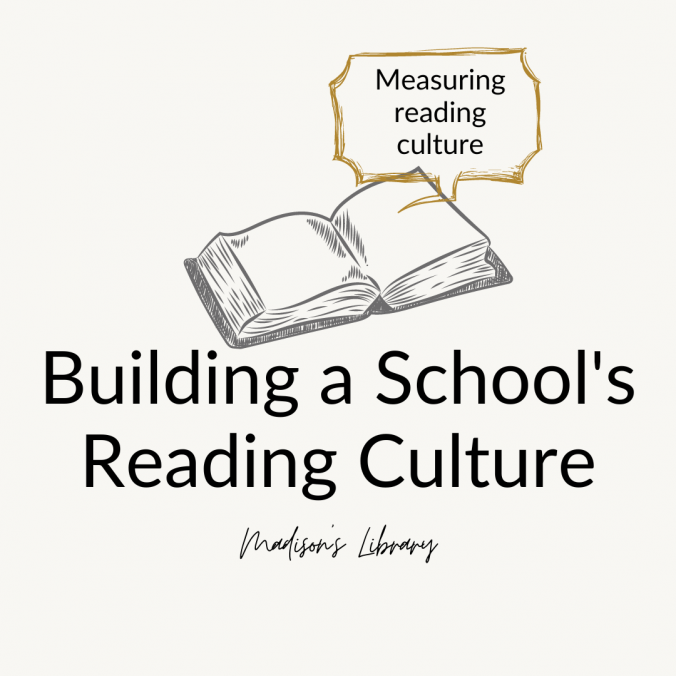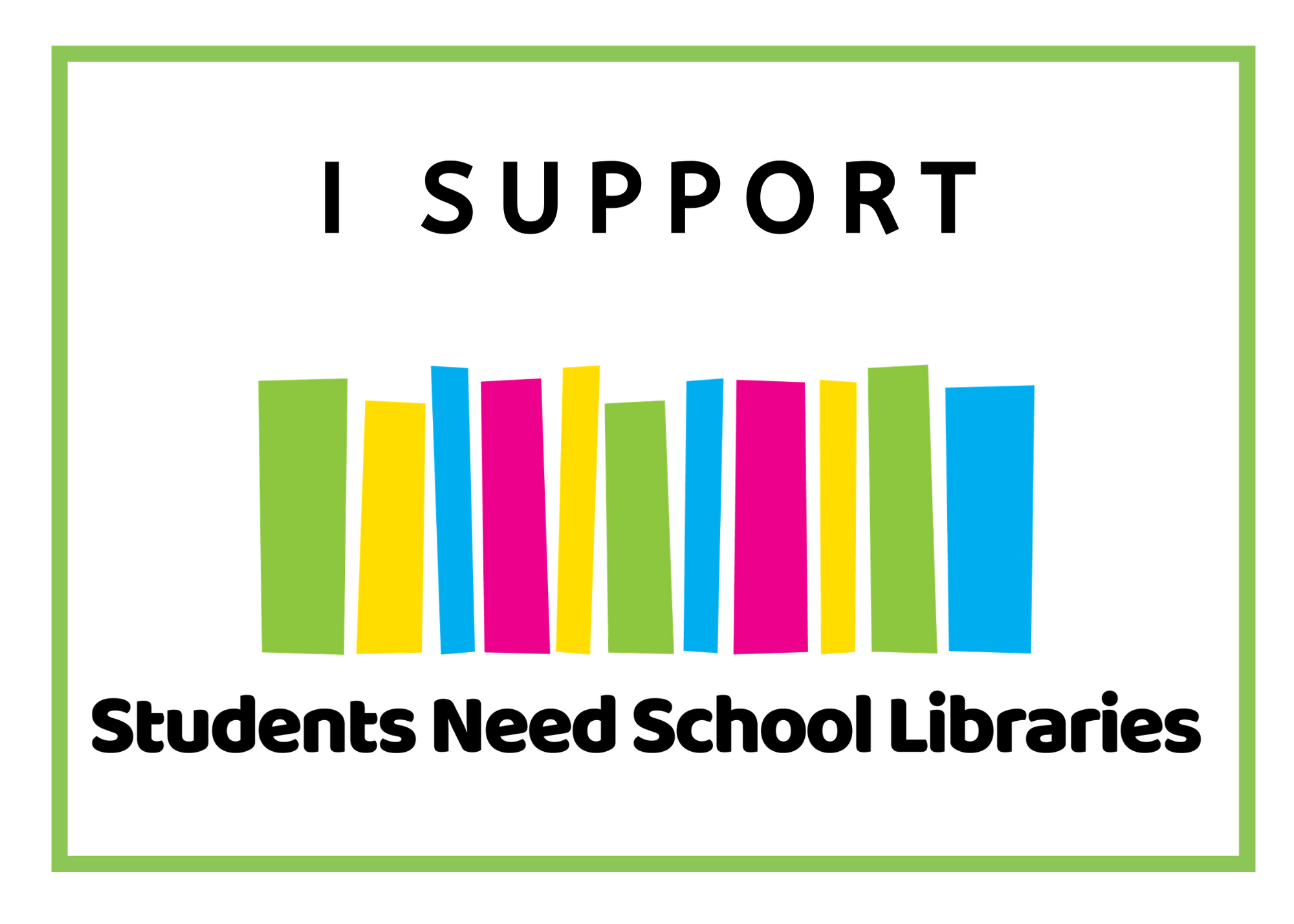Building A School Reading Culture – Part 5 Measuring Reading Culture
Welcome back to my building a reading culture series. If you’ve missed parts 1-4, I explore the start of this journey, organisational culture research, culture change research and what a reading culture is.
In my last post, I discussed what a reading culture is and some of the key elements. I also made the discovery that this needs to be driven from outside the library. To be truly effective, I need everyone in the school on board. Before I explore that further, I need to first look at how to measure and assess the current reading culture. Does it need to change? What are the areas of weakness? Where are we falling short and where are we strong and can build upon a good foundation?
Measuring reading culture
How to measure reading culture, just like how to measure any sort of organisational culture is tricky. Organisational culture is often measured through engagement and culture surveys, exit interviews and informal conversations, or through the tracking of behaviours. An organisation’s vision, mission and purpose statements are often a reflection of the ideal culture, so these can be examined, as well as strategic plans and policy documents. I looked at how organisational culture is measured in part to of this series, see here for more details – https://madisonslibrary.com/2021/10/23/building-a-reading-culture-part-2/
The National Library of New Zealand has created two school reading culture guides checklists, one for primary schools and the other for secondary schools. These again demonstrate how a school reading culture is supported by the school library but how it must truly come from school leadership drive, school policy and practice and supported and enacted by all teachers. These checklists are thorough and perhaps the most helpful guide I have found for measuring reading culture. You could also use these and adjust to your own ideals and goals for your school https://natlib.govt.nz/schools/reading-engagement/understanding-reading-engagement/a-school-wide-reading-culture
There have been reading culture scales created and assessed for validity and reliability, but many of these are designed to assess an individual’s reading culture or practices, rather than a school or organisations’ (Turkel, Ozdemir, & Akbulut, 2017). However, they might still be helpful if you wish to survey your students and staff.
Last year our Director for the Realms of Thinking (the pedagogy at our school) shared an article and podcast from the Cult of Pedagogy – Does Your School Need a Literacy Check-up? (Gonzales & Peery, 2021). What stuck out for me what the visibility of literacy in the school, especially when compared to sport or music or other activities featured in the school. Included in the article are checklists for conducting your own literacy check-up within the school. While some of these are focused on reading practices and instruction (use of worksheets), they might be helpful for conducting a reading culture analysis. https://www.cultofpedagogy.com/literacy-check-up/
I am in awe of the Florida Power-Library Schools program and think the rubric used to assess applicant school libraries might be helpful for assessing reading culture within a school. While this rubric is understandably school-library focused, the outstanding categories consistently require evidence to demonstrate practices are embedded at the whole-school level, exactly what we are looking for in a whole school reading culture. https://www.flpowerlibraries.com/fplsapplication
Merga and Mason (2019) spoke with teacher librarians in their research around reading culture, stating that teacher librarians are uniquely placed to speak to the factors that drive or disable whole school reading cultures. It seems we, the librarians, are ideally placed to assess the whole school reading culture.
Measuring the reading culture at my school
So, now I know how organisational culture works, have some ideas about how culture change is enacted (it takes time!!), what a reading culture is and how to measure it, it’s time to start measuring. If I want to improve the reading culture at my school, I first need to know the current state of the reading culture. But, looking back at everything above, I realised I have already started. I already have lots of data at my finger tips.
- A survey sent to parents, staff and students last year asking about their use of the Library.
- Data gathered with Year 6 cohort at the end of last year about their reading practices and thoughts about reading.
- Loan statistics from the previous few years.
- Branding and vision creation conversation recordings from a variety of staff members, including key leadership members.
- Comments from students about reading and book choice.
- The school strategic plan and policy documents.
My next steps will include
- Search the school strategic plan and policy documents for comments about literacy and reading.
- Re-issue the 2021 survey about library practices to students, staff and parents, adding questions about reading practices. I will compare this data to the 2021 results.
- Collate all the data I have from conversations, loan statistics and student comments about reading.
- Use the Literacy Check-Up checklists and the two reading culture guide checklists from NLNZ.
I will then gather all of this data. The first stage after gathering this data will be to share it with my library team for their input. I will also then share it with my leadership team, however before doing so I might create an action plan first, so I can share that with them at the same time. Maybe our results will cast a positive picture, but if I do want to enact change, I believe going in with evidence of the problem and then also offering up solutions might be most powerful.
I’ll let you know how it goes.
References
Cochrane, L., Ozturk, O., Khataee, H., Al-Hababi, R., Al-Malki, F., & Nourin, H. (2022) Fostering a reading culture: evidence from Qatar Reads, Development Studies Research, 9(1), 82-94. doi. 10.1080/21665095.2022.2050774
Daniels, E., & Steres, M. (2011). Examining the effects of a school wide reading culture on the engagement of middle school students. Research in Middle Level Education Online, 35(2), 1–13. https://files.eric.ed.gov/fulltext/EJ951779.pdf
Florida Association of Supervisors of Media. (2021). Florida Power-Library School. https://www.flpowerlibraries.com/fplsapplication
Gonzales, J. & Peery, A. (2021). Does Your School Need A Literacy Check-Up? https://www.cultofpedagogy.com/literacy-check-up/
Loh, C.E., Ellis, M., Paculdar, A.A., & Wan, Z.H. (2017). Building a successful reading culture through the school library: A case study of a Singapore secondary school. IFLA Journal, 43(4), 19-31. https://repository.ifla.org/bitstream/123456789/350/1/ifla-journal-43-4_2017.pdf
Merga, M. K., & Mason, S. (2019). Building a school reading culture : Teacher librarians’ perceptions of enabling and constraining factors. The Australian Journal of Education, 63(2), 173–189. https://search-informit-org.ezproxy.slq.qld.gov.au/doi/10.3316/aeipt.224272
National Library New Zealand. n.d. A school-wide reading culture. https://natlib.govt.nz/schools/reading-engagement/understanding-reading-engagement/a-school-wide-reading-culture
Reading First. (2007.) Building a strong reading culture. What you can do. Sustainability Series, 1, September, 2007. https://www2.ed.gov/programs/readingfirst/support/culturebrief.pdf
Sharr, A. (2012) Introduction: a case for close reading in Sharr, A. (Ed.). (2012). Reading architecture and culture : Researching buildings, spaces and documents. Taylor & Francis Group.
Turkel, A., Ozdemir, E.E., & Akbulut, S. (2017). Validity and reliability study of reading culture scale. Turkish Studies, 12(14), 465-490. https://eric.ed.gov/?id=ED588050
Whisken, A. (2021). Framework for whole school wide reading practice. Synergy, 19(1). https://slav.vic.edu.au/index.php/Synergy/article/view/488



Leave a Reply